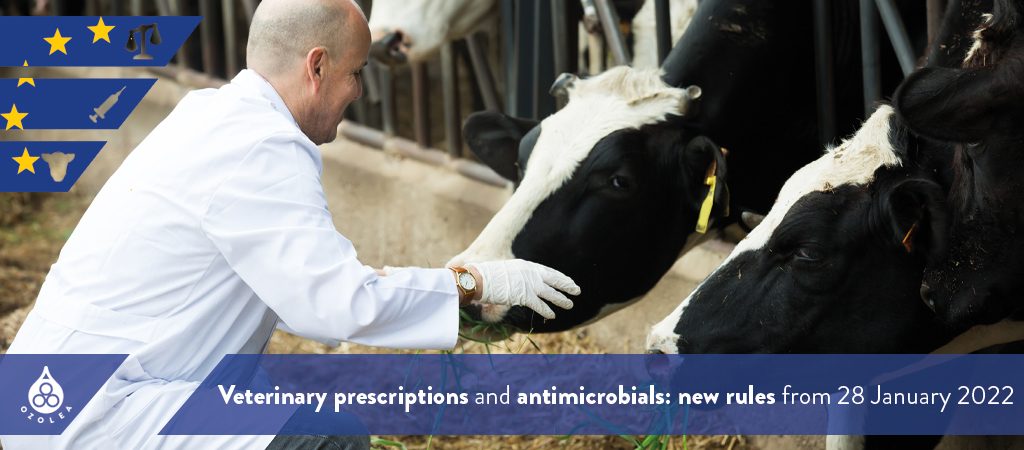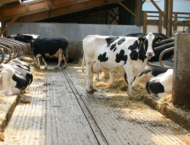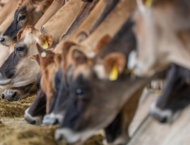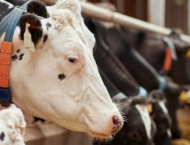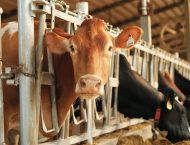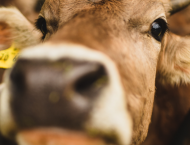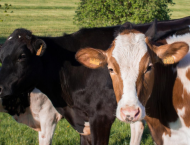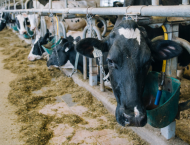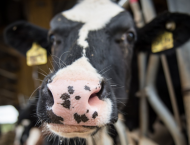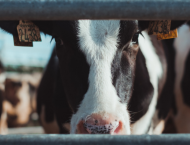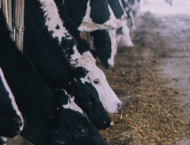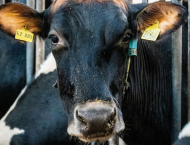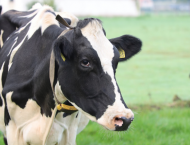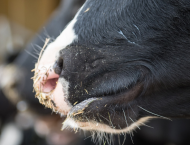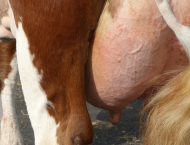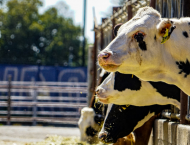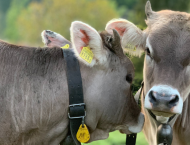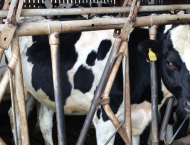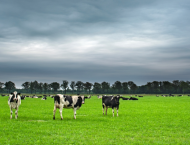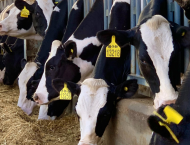The new rules for veterinary medicinal products (VMPs) are strategic restrictions and provisions also against the development of antimicrobial resistance (AMR).
In this fight, one key professional figure is and will be the veterinarian. With the new VMP Regulation1, they will be further recognized as key qualified figures for an efficient One-Health approach2 and also further protected from unfair practices, such as bribery.
The incorrect use of antimicrobials is a risk for public and animal health. Starting 28 January 2022, to prevent this risk, veterinary antimicrobials will only be available on veterinary prescription in all the EU Member states.
This harmonization is essential to ensure an EU profile against the development of AMR: currently, not all the EU Member states require veterinary prescriptions for antimicrobials, however they will with the application of Reg. (EU) n. 2019/6.
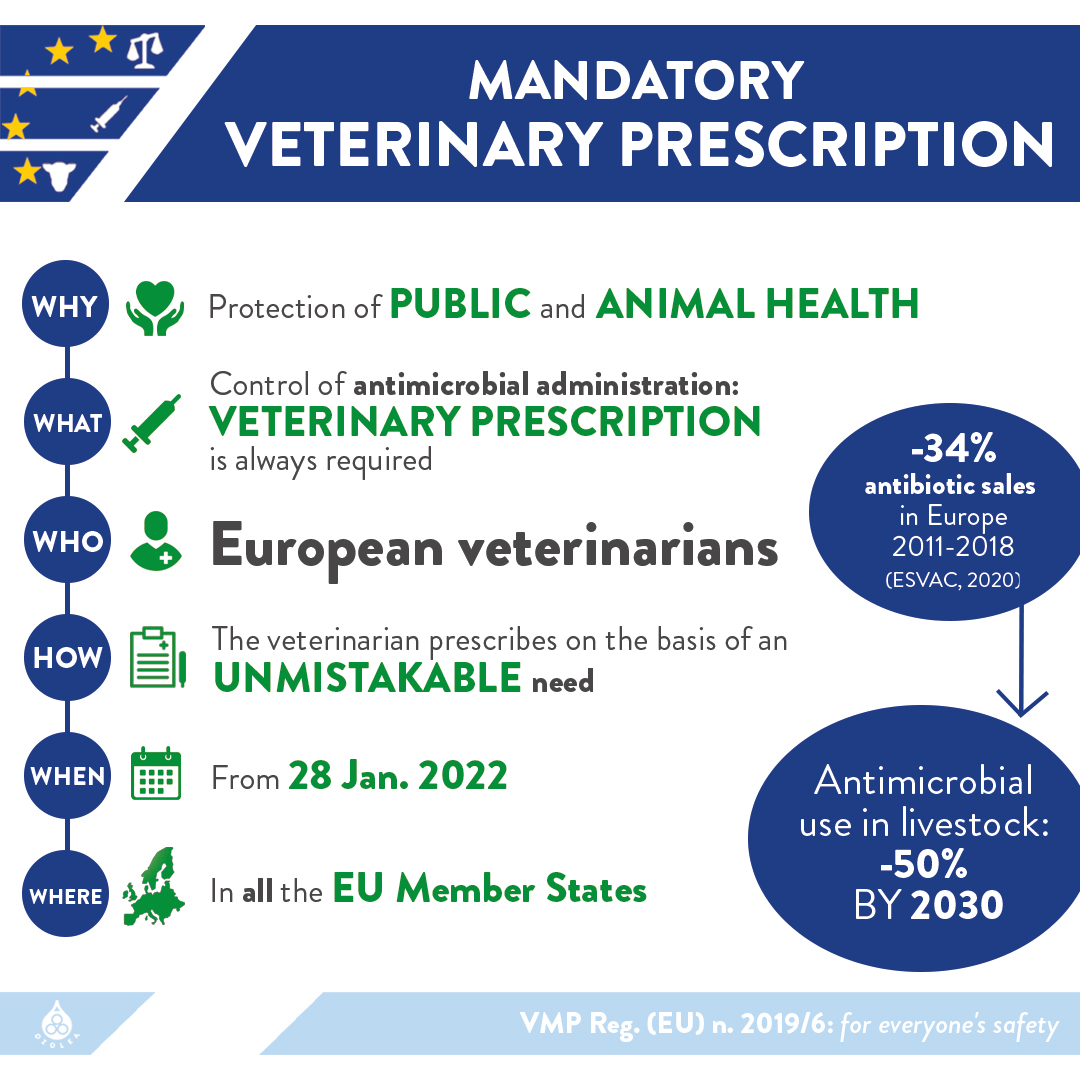 Veterinarians will be required to prescribe antimicrobials on the basis of their knowledge of AMR, their epidemiological and clinical knowledge and their understanding of the risk factors for the individual animal or group of animals.
Veterinarians will be required to prescribe antimicrobials on the basis of their knowledge of AMR, their epidemiological and clinical knowledge and their understanding of the risk factors for the individual animal or group of animals.
Moreover, veterinarians are called to respect their professional code of conduct. Thus, they must ensure to avoid any conflict of interests when prescribing medicinal products, while recognising their legitimate activity of retail in compliance with national regulatory framework.
To the end of prudent use of antimicrobials, also the supply of VMPs by veterinarians will be restricted to that quantity needed to treat the animals under their care.
As set out by art. 34 of the VMP Regulation, competent authorities, when granting a marketing authorization, shall classify antimicrobial VMPs among the products classified as subject to veterinary prescription. By way of derogation, competent authorities may classify antimicrobials as not subject to veterinary prescriptions if they fulfill criteria set out in art. 34.3.
Prophylaxis and metaphylaxis are two different procedures that will be significantly restricted by the VMP Regulation. For example, we have already discussed3 the impact of the new rules on blanket dry cow therapy and the need of implementing the selective dry cow treatment.
Prophylaxis and metaphylaxis will be possible only by way of exception and only if there is a veterinary prescription (art. 105). The treatment will have to be justified by veterinarians after a clinical examination or any other proper assessment of the health status of the animal or group of animals. This assessment must occur before issuing the prescription.
Other relevant aspects concern quantities of antimicrobials supplied (limited to the amount required for the specific treatment or therapy) and the limited duration of the period of treatment prescribed.
Moreover, the new rules for supplying VMPs will strengthen the traceability system across the EU: we will spend a little time to go deeper into the issue. In Italy, since 2019 the supply of VMPs has been reinforced thanks to the electronic veterinary prescription system.
We already know many of the weapons we should use against AMR. The fact that the EU is making them mandatory is a good sign: it will make the EU harmonized and equivalent in all its member states, both from a health and economic perspective.
1 Reg. (EU) 2019/6 on veterinary medicines applicable from 28 January 2022: are we ready?
2 The One Health approach against antimicrobial resistance.
https://www.ozolea.it/the-one-health-approach-against-antimicrobial-resistance/
3 Blanket dry cow therapy, ban on prophylaxis from January 2022. Any alternative? Selective treatment.

